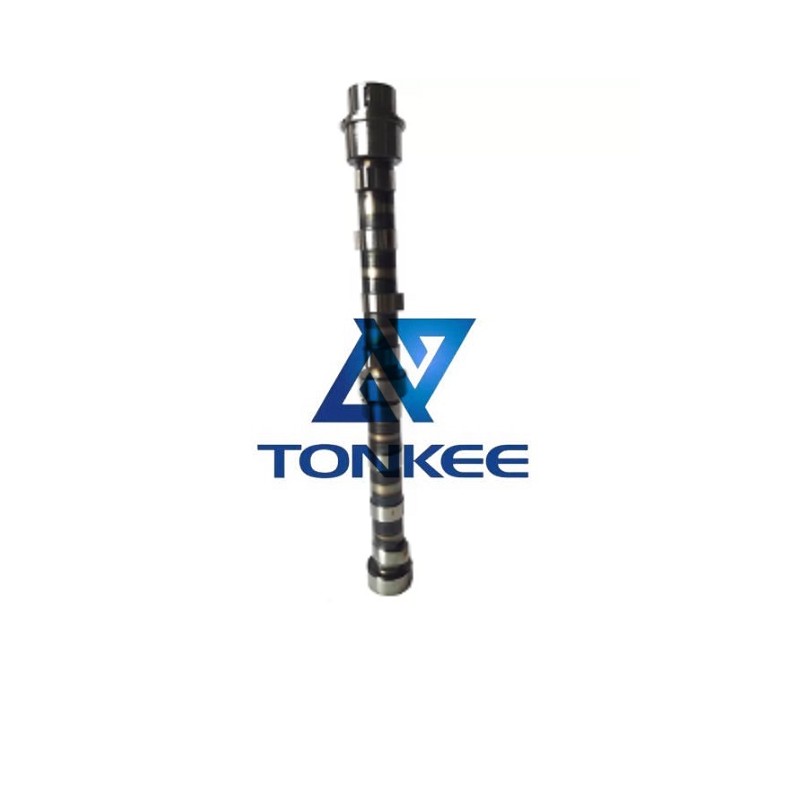
The camshaft is an integral part of the engine's valvetrain system.
It is responsible for controlling the opening and closing of the engine's intake and exhaust valves. This timing and sequencing are essential for the engine to operate efficiently, ensuring proper air and fuel intake, as well as the expulsion of exhaust gases.
The camshaft for the 4D95 and 6D95 engines is designed to meet the stringent requirements of heavy-duty applications. It is typically made from high-quality steel or alloy materials to withstand the rigors of continuous operation in demanding construction environments. This material choice ensures longevity and resistance to wear and tear, which is crucial for reducing maintenance and downtime.
One of the critical specifications of the camshaft is its profile and design. The cam lobes, which are the raised portions on the camshaft, are carefully engineered to control the valve opening and closing actions. The design of these cam lobes is optimized to maximize engine performance. In the case of the 4D95 and 6D95 engines, the camshaft is specifically designed to provide the right valve timing and lift, allowing for efficient combustion and power generation.
Additionally, the camshaft for these engines incorporates features such as hardened surfaces and precision-ground lobes.
These characteristics contribute to improved wear resistance and smoother valve operation, which is essential for maintaining engine efficiency over time.
The camshaft in the 4D95 and 6D95 engines is part of the engine's overhead camshaft (OHC) or overhead valve (OHV) configuration. The choice between OHC and OHV depends on the specific engine model and its design requirements. OHC designs typically offer better control over valve timing and are common in modern engines, while OHV designs are known for their simplicity and durability.
The camshaft is driven by the engine's timing belt or chain, ensuring proper synchronization with the crankshaft. This synchronization is vital for precise valve control, and any misalignment or wear in these components can lead to poor engine performance or even engine damage.
Proper maintenance and inspection of the camshaft are crucial to ensure the engine's longevity and reliable operation. Regular checks for wear and damage, as well as proper lubrication, are essential steps in engine maintenance.



 English
English Русский язык
Русский язык



